Wanting Women: Expressions of Desire and Difference in Images of Women from the 16th Century to Today
Teaching Gallery
Mythic, idealized, religious, sexualized, romantic, misogynist, even feminist—images of women are inevitably laden with the freight of cultural and visual conventions surrounding the feminine, some as ancient as artistic representation itself. Wanting Women draws together a selection of Western depictions of women in a variety of media over seven centuries, culled from the Museum’s collection, with the aim of interrogating historical and cultural constructions of femininity as well as counterreactions and responses. Among the diverse range of aesthetic practices on view are such works as 17th-century Dutch painter Jacob G. Cuyp’s Portrait of a Lady, whose pious modesty finds its modern counterpart in George Bellows’s Geraldine Lee, No. 1 from 1914. A classic image of Eve tempting Adam in the 16th-century engraving after Dutch artist Lucas van Leyden is juxtaposed with American artist William Fett’s brilliantly colored Surrealist-inspired painting of the same subject from 1989. These are complimented by an array of images across time and Western cultures, from the 19th-century Spanish painter Vincente Palmaroli y Gonzales’s vision of a young girl hiding her book from a priest in The Interrupted Reading, to Martha Rosler’s six-minute video Semiotics of the Kitchen that enacts a form of radical defiance against women’s domestic oppression characteristic of 1970s American feminism.
"What do women want?" Sigmund Freud famously asked. A play on words, the title of this exhibition is meant not only to evoke the whole field of inquiry engendered by Freud’s question but also to underscore the ambiguity at the core of the representation of women. Signifying both lack and desire, the double meaning of "wanting" plays on the notion of absence—what is represented reflects not "real" women as much as products of the (male) imagination—and the notion of (woman’s) desire in relation to social and cultural conventions of authority and agency. The wide range of works on view offers new ways of considering recurrent themes throughout the history of the representation of women, including birth and motherhood; feminine beauty, virtue, and corruption; the female body; and the relation of the object to the owner of the gaze.
This Teaching Gallery exhibition is curated by Rebecca Messbarger, professor of Italian and Women, Gender, and Sexuality Studies, in conjunction with her course "Divergent Voices: Italian Women Writers" in Washington University’s Department of Romance Languages and Literatures in Arts & Sciences in spring 2014.
Selected works

Jacob G. Cuyp
Portrait of a Lady
c. 1640–50
Gilles Demarteau
Girl Reading Letter
18th century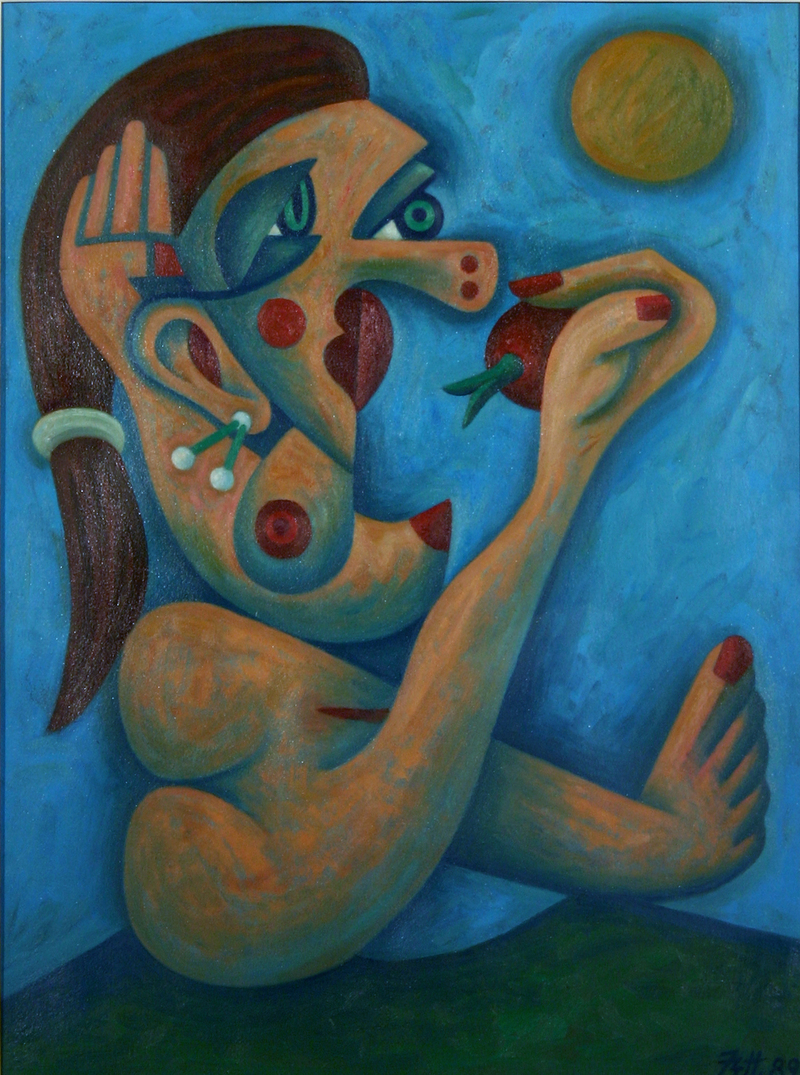
William Fett
Eve
1989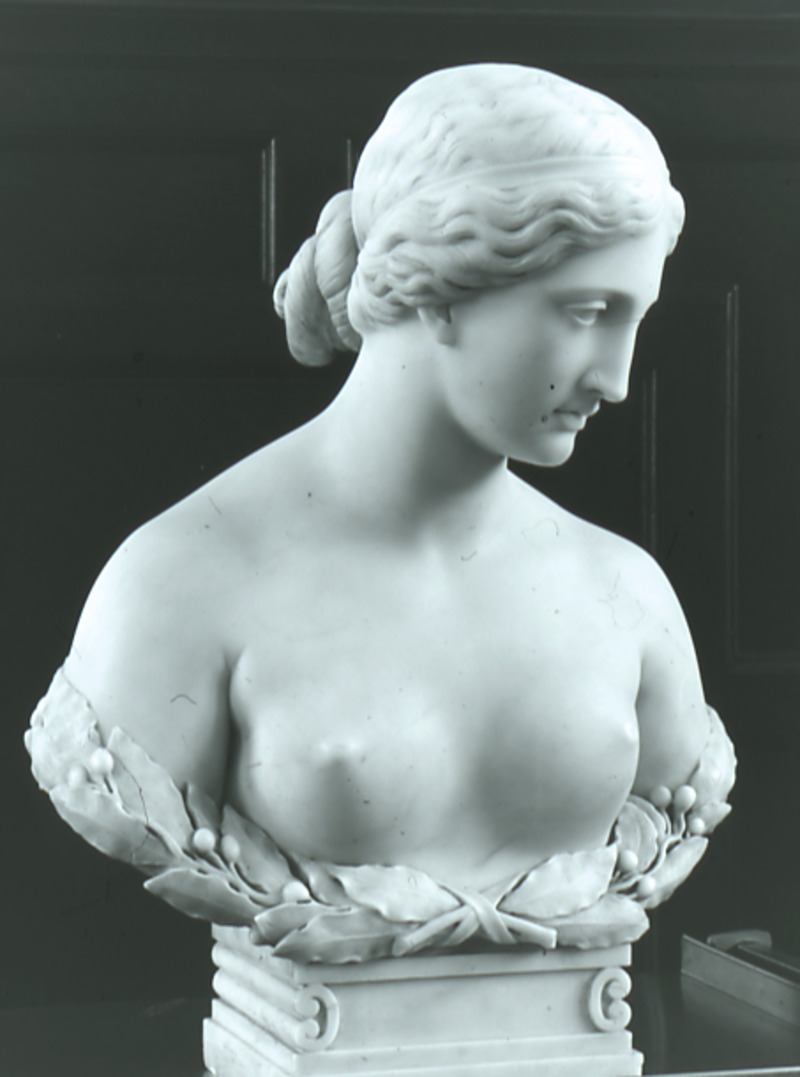
Harriet Hosmer
Daphne
1854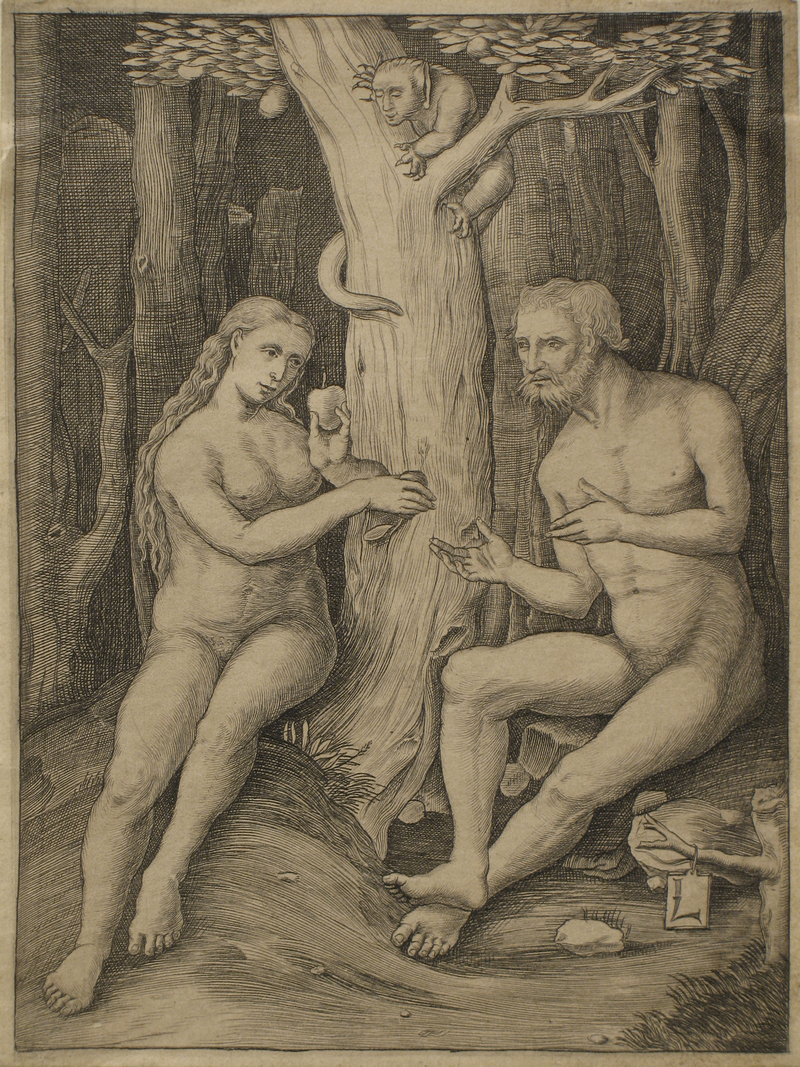
Lucas van Leyden
The Temptation of Adam and Eve
n.d.
Vincente Palmaroli y Gonzales
The Interrupted Reading
c. 1865–75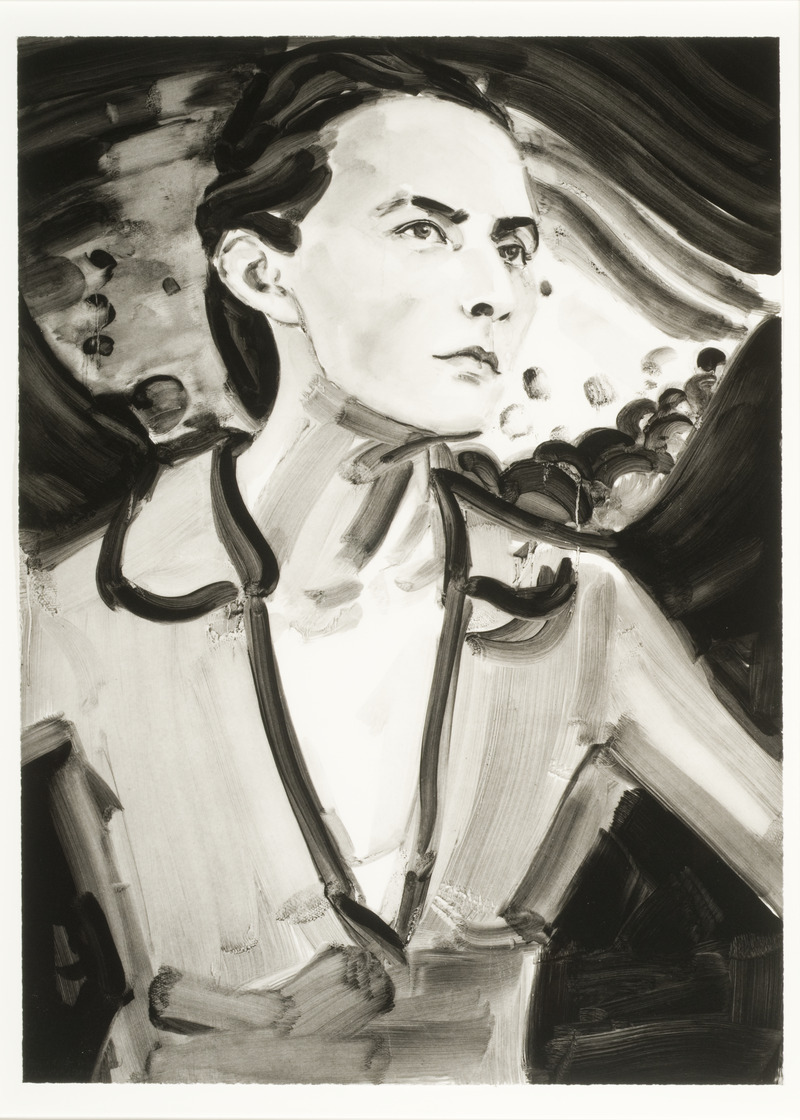
Elizabeth Peyton
Georgia (After Stieglitz, 1918)
2006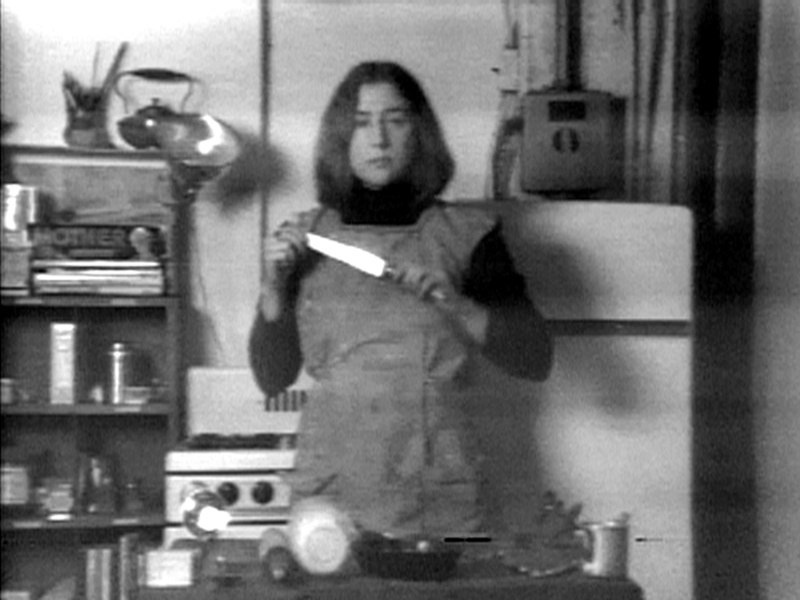
Martha Rosler
Semiotics of the Kitchen
1975
Martin Schongauer
The Virgin Seated in a Courtyard
c. 1474–79
Gilles Demarteau
Portrait of Mlle. Michau
18th century
Katharina Sieverding
Maton
1969/1996
Edvard Munch
Portrait of Irmgard Steinbart
1913
George Wesley Bellows
Portrait of Geraldine Lee, No. 1
1914Teaching Gallery
The Teaching Gallery is a space in the Kemper Art Museum dedicated to presenting works from the Museum's collection with direct connections to Washington University courses. Teaching Gallery installations are intended to serve as parallel classrooms and can be used to supplement courses through object-based inquiry, research, and learning. Learn more